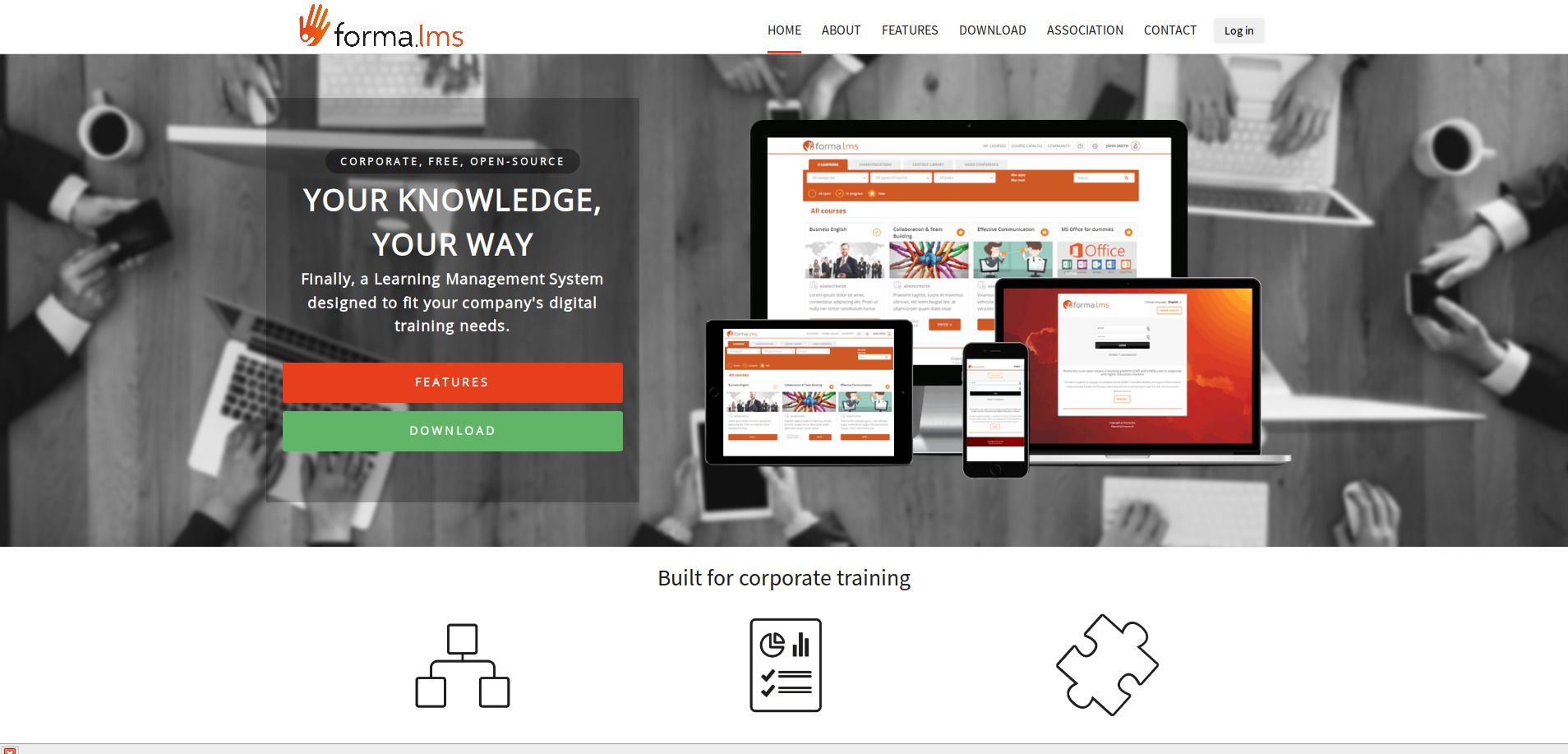
Successful e-learning project management involves managing the project plan and team members effectively. It involves extensive communication with key stakeholders and clearly defining scope of project. Here are some common errors in project management. It can be difficult to manage multiple eLearning project simultaneously, but it is vital to ensure each project's success. In addition to these mistakes, you can avoid them by following these best practices:
Managing multiple e-learning projects
If you've ever managed multiple elearning project, you will know how tedious and difficult it can become. It's important to define the scope of each project. Clear communication with stakeholders will be easier and more effective. It will also clarify the project's goals, deliverables and timelines. A poorly defined scope can lead to scope creep, expensive delays, and unhappy stakeholders.
The Project Managing Elearning Method outlines the stages of elearning projects and provides a step-by–step guide for successful completion. The book provides practical guidance on how to apply project management principles in real life situations. The book contains case studies from different industries and provides examples of successful elearning projects as well as common pitfalls. Each chapter starts with a description of project management and then discusses common issues organisations face when performing each step.

Create a clearly defined project plan
A project plan must be created before any e-learning projects can begin. It is important to have a well-defined plan in place. This will help you avoid scope creep and establish expectations from your stakeholders. It can also be used to help you develop future elearning materials. This article will outline the steps involved with creating an e-learning plan.
As it allows the project manager to estimate costs, timelines, as well as stakeholder roles, creating a project planning for elearning development is an essential first step. A project plan will help you assess whether you have enough resources to complete the task, and if not, how you can identify them. The project plan also details the roles and people involved in the project. Some people will fill several roles.
Adding interaction to eLearning modules
Adding interactions to e-learning modules can help increase student attention and engagement. Here are five tips for creating interactions to improve your e-learning modules in project management. More learners will engage with the content the more interesting it is. A simple question can help learners add interaction. Feedback can also be useful to increase retention and learning.
Your instructors should be present in your course to increase interaction. If possible, include a talking-head video or voice-over in animations. Show your learners that you care by responding to their concerns and questions. Your support center should be responsive to any queries they may have. Learners will feel more connected to the course if they receive prompt responses. They will also be more likely to stay involved in the project.

Management of remote collaboration teams
The benefits of managing remote-collaboration teams are many, but you need to be aware of their potential challenges. You must first establish communication rules among remote teams. A Harvard Business Review article discusses the importance of communication, citing the negative impact that misinterpretation can have on morale, engagement, productivity, and innovation. The same goes for the types of written or spoken communication - different people have different preferences.
Although remote collaboration in elearning project management can be difficult, there is a way to minimize the risks. First, you need to have clear instructions for the team. Communication in remote collaboration teams is mostly done via email or instant messaging. Unclarified instructions can make it difficult for the team understand and follow your instructions. Your team might be confused or offended if you're unclear about your instructions.
FAQ
What are the different types e-learning is? What are their purposes?
There are three major types e-learning.
-
Content delivery - This type e-learning provides students with information. Some examples include lesson plans or textbooks.
-
Instructional design is a type of eLearning that focuses on teaching learners skills. Examples of this include simulations and tutorials.
-
Learning management - This type eLearning allows instructors to manage and monitor student activity. Examples include virtual classrooms, discussion forums, and virtual classrooms.
What should an eLearning course look and feel like?
Your eLearning course must be designed so that learners can interact with it.
This means that the design should be easy to use and that the content must be clearly presented.
This means that the content should be entertaining and informative.
Three things are essential to ensure your eLearning course meets these requirements.
Content
First, decide what content you want in your eLearning course. You must decide how long each section should be. To teach someone how you write letters, for example, you must decide how long each topic will take.
Navigation
You must also decide how your learners will navigate your course. Do you want them to click through every page one at a time? Do you want them to skip to the most important parts?
Design
The last step is to decide the appearance of your course. This includes deciding how long each screen is going to take to load and how large the font size should be. It is also important to decide whether graphics (such as photos) will be included.
After you've made these important decisions, it is time to test your plan to make sure it works.
What are the advantages of e-learning for students and teachers?
E-learning provides both students with better learning outcomes and teachers with more flexibility. It makes it easy for learners to have access to information whenever they need it. E-learning makes it possible for educators to communicate with their students via technology in ways that were not possible before.
E-learning allows teachers the opportunity to give personalized instruction and feedback to students, and also support their progress. Students are more motivated and engaged as a result. Teachers can develop communication, collaboration and critical thinking skills through e-learning. They can also make use of it to enhance their teaching practice by offering the possibility for self-reflection as well as reflection on the experiences made by others.
E-learning makes it possible to cut down on training costs. To train a class on a new topic, for example, a teacher will need to spend money on books and materials. However, you don't need to purchase duplicate material if it is easily available online.
How can I decide which eLearning platform I want to use?
There are thousands upon thousands of eLearning platform options today. Some are completely free, others more expensive.
You need to ask questions when deciding between these options.
-
Do you want to make your own learning materials. You can create your own eLearning courses with a variety of free tools. These include Adobe Captivate, Articulate Storyline, Lectora, iSpring Suite, and Camtasia.
-
Do you offer ready-made courses in eLearning? Pre-packaged courses are available from a variety of companies. These courses cost between $20 and $100. Mindjet and Edusoft are the most well-known.
-
Do I want a combination of both? Many people find that using a combination of company materials and their own material produces the best results.
-
Which option would be best for you? It depends on your situation. It all depends on your situation. After you gain experience, you may be able to purchase pre-designed courses.
Why do many prefer taking eLearning courses?
It is easy to see why. Firstly, they offer flexibility. It's not necessary to be at class at a certain time and place. Second, online learning is possible. These courses allow you to learn with no distractions. They are also affordable.
How do I get started with eLearning?
Start small if your knowledge of creating online courses is not sufficient. A tutorial or quiz could be a good idea.
After mastering this skill, you will be able to move on with more challenging projects. It is better to create lessons using pre-built templates, if you don't have any knowledge of HTML.
What is eLearning exactly?
E-learning is an online learning tool for individuals, organisations, and institutions. It is a method to transmit information and instruct over electronic media like computers, mobile devices and other digital technology.
Because this type learning uses technology to deliver content, rather than physical materials, the term "e", is used.
E-learning doesn't have to take place in traditional classrooms. It can be done anywhere there is Internet access, including at home or on the road.
Statistics
- In the 2017 ATD research report Next-Generation E-Learning, 89% of those surveyed said that changes in e-learning require their staff to update or add new skills. (td.org)
- Interestingly, students' participation in online training grew by 142% in the past year alone, indicating how quality education and up-to-date teaching pedagogy are preferred by learners and working professionals to upskill across India. (economictimes.indiatimes.com)
- E-learning is intended to enhance individual-level performance, and therefore intend to use of e-learning should be predicted by a learner's preference for self-enhancement (Veiga, Floyd, & Dechant, 2001). (sciencedirect.com)
- Hedonism incorporates intrinsic motivation, including novelty, challenge, excitement, and pleasure (Schwartz et al., 2012), which is likely to predict user perception of e-learning enjoyment. (sciencedirect.com)
External Links
How To
What type of technology should i use?
There are many options available depending on the device your learner uses.
-
Computer-based classes should be delivered via a laptop.
-
It is possible to offer eLearning courses using mobile devices like smartphones or tablets.
-
A combination of both mobile devices and computers can be used to deliver courses.
-
Some organizations offer eLearning DVDs that can be viewed anywhere.
-
This is the best option. Users can access the content online through web pages.
-
A hybrid solution is also available where one portion of the course is delivered online and another via CD or DVD.
-
Lastly, some companies offer free eLearning over the telephone. These can be recorded and re-recorded by the learner.